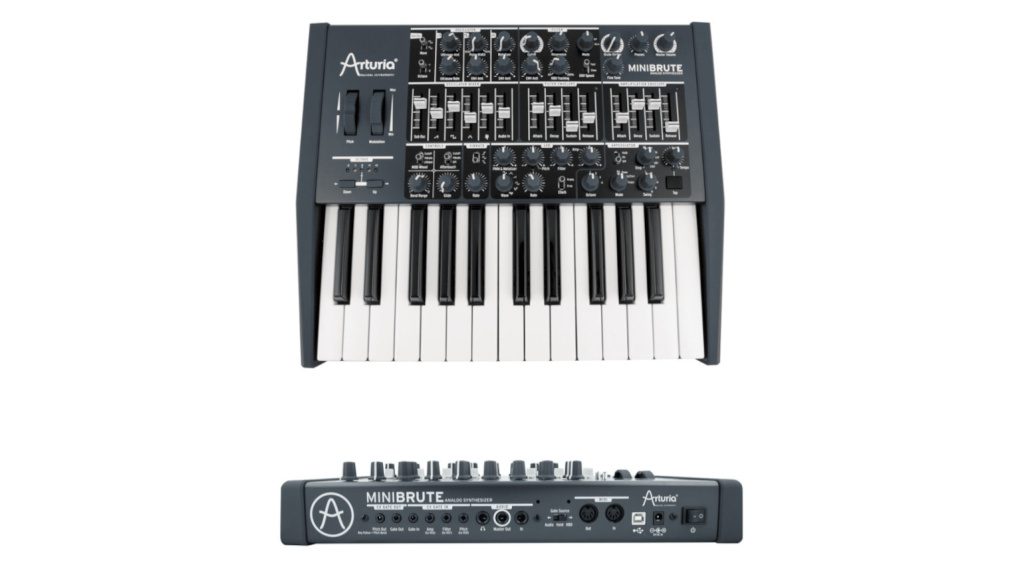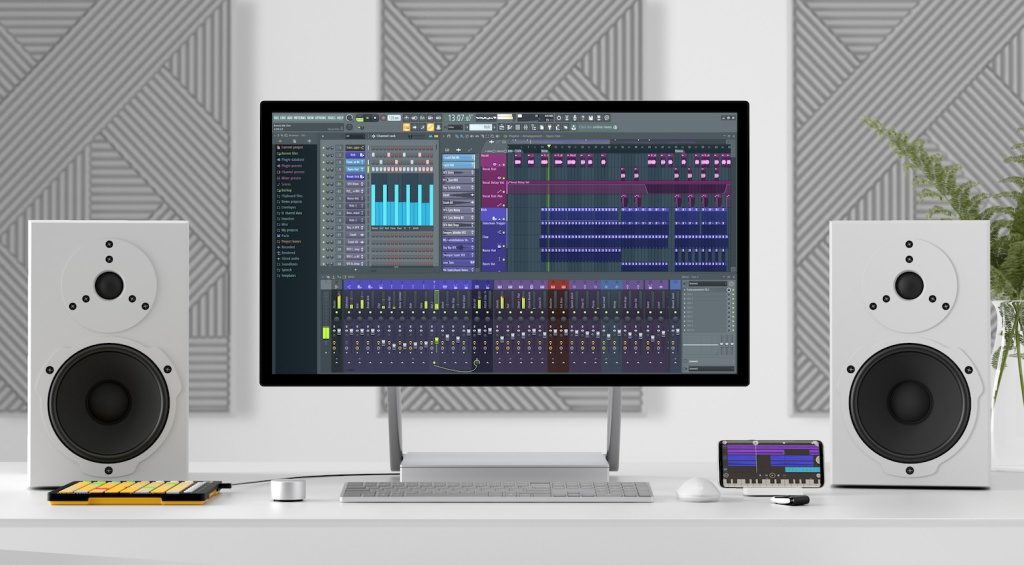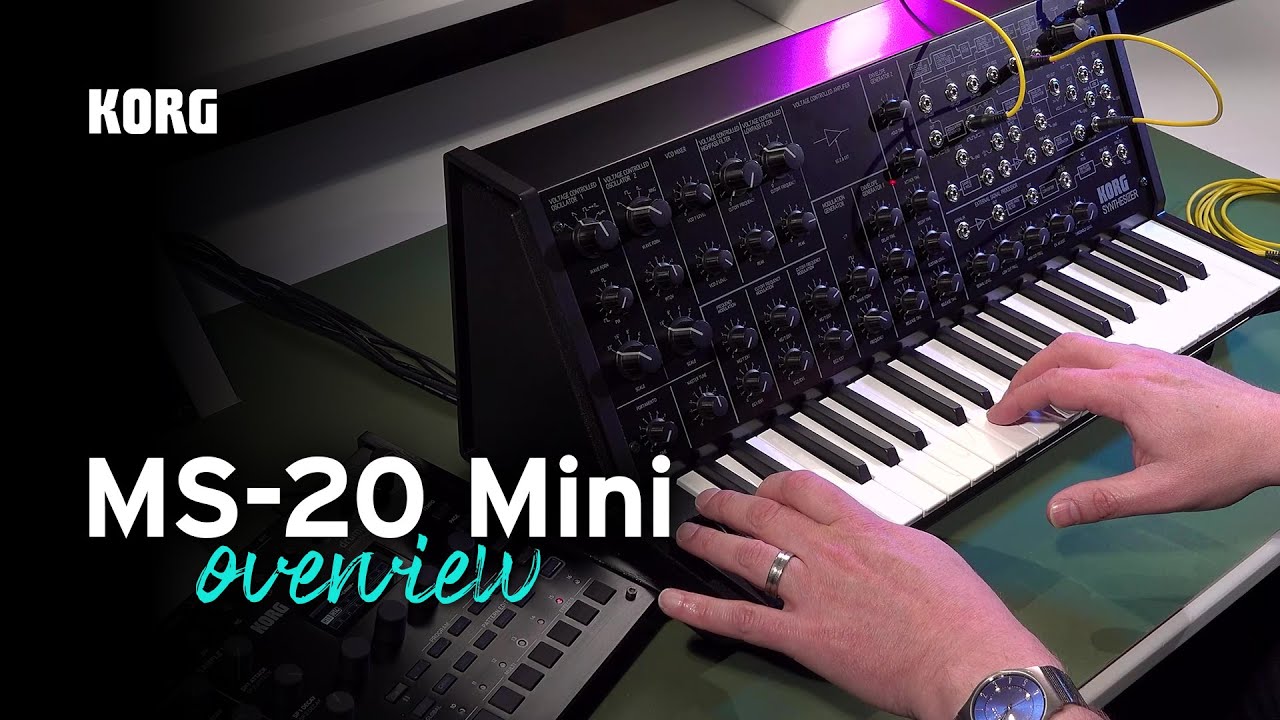The Dark Prince Of Techno: How to Sound Like Gesaffelstein
We enter the world of Gesaffelstein...
From creating minimalistic EBM-style dance music to working with the world’s biggest pop artists, we look into the world of Gesaffelstein.
French producer and DJ, Mike Lévy aka Gesaffelstein was born in Lyon, where he began experimenting with synthesizers in his high school days.
His subsequent collaborations with other prominent electronic artists like The Hacker and Brodinski proved to be fruitful, and in 2013 he released his seminal album Aleph on Parlophone Records and later on Skrillex’s OWSLA label.
The Gesaffelstein Sound
As his uniquely dark and minimalist sound became sought after, Mike looked outside of the EDM genre and has since worked with the likes of Jean-Michel Jarre, The Weeknd, Pharrell Williams, Kanye West, A$AP Rocky, Mike Dean, Electric Youth, Haim, Miss Kittin, Daft Punk, and Lil Nas X.
KORG MS-20
As bands like Nizter Ebb and D.A.F. had a huge influence on Mike’s sound and musical vision, it’s not surprising that he’d get hold of a KORG MS-20 for his studio.
This classic semi-modular analogue beast is renowned for the powerful, textured lead sounds we can hear on so many of the early pioneering electronic records from artists like Liaisons Dangereuses.

The MS-20 also has a great-sounding noise oscillator that can be used to design hats, snares, and rises. What’s more, the filter adds extra punch and character to any sound, especially if you shape it with an envelope or LFO.
As a modern alternative, the MS-20 Mini might not have the same rip-roaring sound as the original, but it has the same authentic sound creation process.
- The History of KORG


Arturia MiniBrute
Although it’s not exactly an elegant instrument, the Arturia MiniBrute is certainly effective for creating the raw unadulterated synth sounds we hear on Gesaffelstein tracks.
With its simple controls, the MiniBrute is a way to relive the experience of using analogue monosynths from the 1970s and early 1980s. Like the SH-101, the single oscillator architecture, and lack of patch memory add to the overall appeal.

The limitation of the MiniBrute’s design, in fact, becomes a catalyst in the creative process. In turn, this makes creating screaming leads, basses, sweeps, rises, and percussion more organic and fun.
Luckily, this synth is still available in the form of the MiniBrute 2 and it now offers semi-modular capabilities for even more flexible sound creation.
- More about Arturia


Roland MC-202
Similar in many ways to the SH-101, the MC-202 was the first instrument in what later became Roland’s MC groovebox line. It combines most of the 101’s controls and a 303-style CV/gate sequencer for a unique overall user experience.
Like the 101 – which is also in Mike’s studio, it’s a single-oscillator synth, but he has often used the MC-202 in his live rig. With a MIDI/sync converter, you can link it to Ableton Live or another MIDI sequencer making it still relevant in a modern electronic workflow.

The onboard sequencer might be a little clunky for simply creating monophonic synth lines. However, with external control, the process of building sounds is very similar to the 101.
As an alternative, the SH-01a is a versatile option for creating both monophonic and polyphonic sounds in the 101-style. What’s more, it also has a built-in sequencer which suits electronic music production.


Image-Line FL Studio
Making minimalistic music makes sense in a minimalistic DAW like FL Studio. Rather than being confronted with a workflow that is focussed only on recorded audio, FL Studio throws you instantly into beatmaking.
When you combine the intuitive pattern sequencer and the drag-and-drop sampling workflow, FL Studio becomes a powerful creative tool. The included plug-ins and softsynths may be rather basic, but if you’re getting synth sounds from hardware this is less of a factor.

FL Studio is also a great DAW system to get into when you’re learning to make music. The not-for-experts approach makes the user comfortable to make mistakes and puts your ideas in the forefront rather than technical know-how.
The Producer Edition of FL Studio provides the best value for money, with a good collection of tools to get you started in every area of the music production process.
- More from Image-Line


MFB-Synth II
The MFB-Synth II is another terrific synth that Mike has used in his Ableton Live setup over the years. Its lively analogue sound suits the Gesafellstein sound palette perfectly, and the onboard sequencer is great for programming leads and basslines.
With the Synth II, you get a simple monophonic platform for sound generation with a 3-oscillator engine and a great set of controls for live sound shaping. That being said, the modulation potential is vast, with LFOs that feature a one-shot mode.

What’s more, you can use velocity as a way to control the filter cutoff, amplification level, and pitch. Overall, it gives you a very intuitive and malleable approach to sound creation that suits electronic dance music perfectly.
To produce a similar sound, the compact Roland SE-02 is a great alternative that captures the same ease of use when it comes to making exciting sounds fast.
- More about MFB


This topic was suggested by one of our readers. You can see your favourite artists featured in our Sound-alike series, just let us know who they are in the comments below!
More about Gesaffelstein:
- Official Artist Page
- More Sound-alikes
*Note: This article contains affiliate links that help us fund our site. Don’t worry: the price for you always stays the same! If you buy something through these links, we will receive a small commission. Thank you for your support!
- Korg MS-20: Wikipedia
- Arturia MiniBrute: Arturia
- Roland MC-202: Dance Tech
- FL Studio: Image Line
- MFB-Synth II: Five G
 3,3 / 5,0 |
3,3 / 5,0 | 













